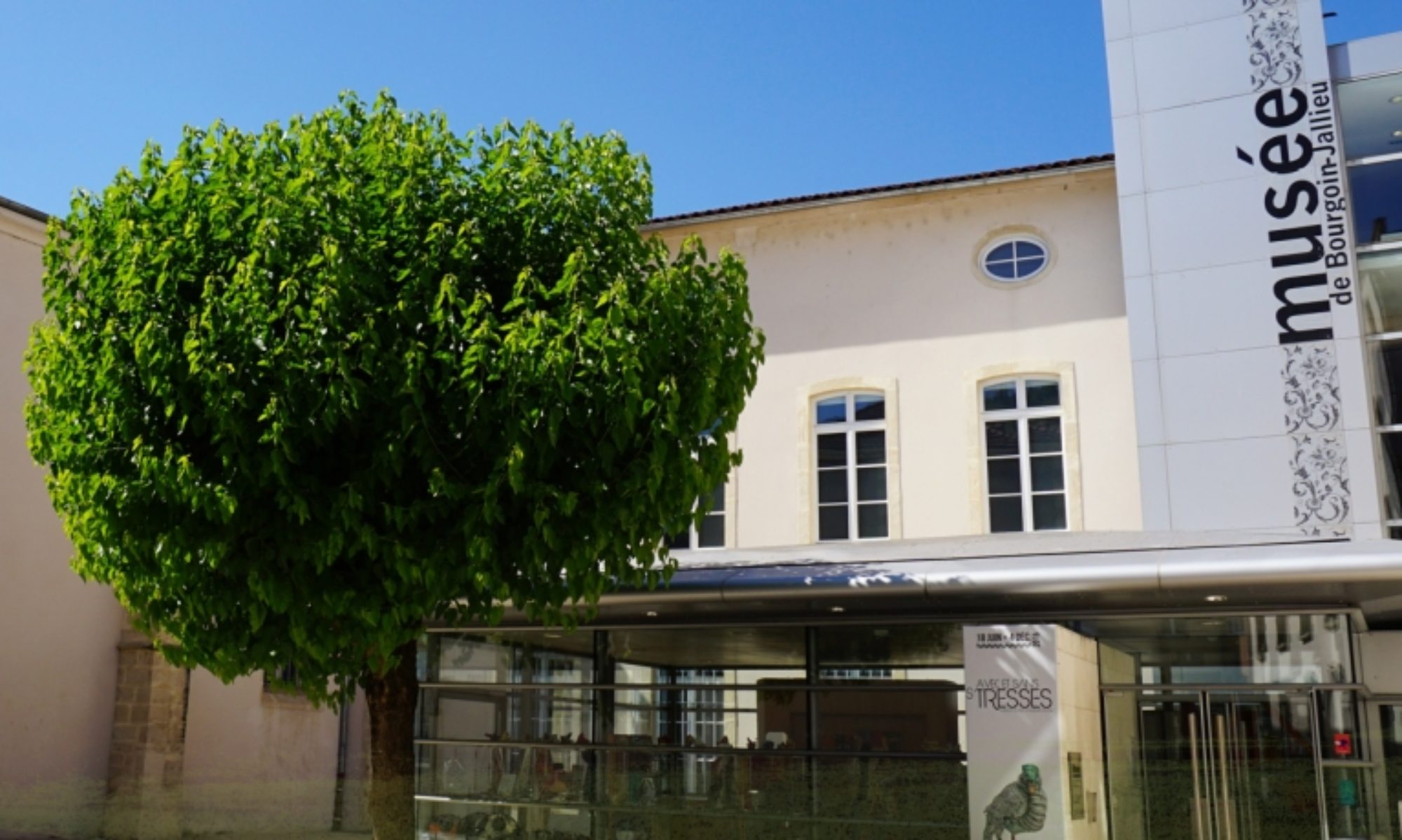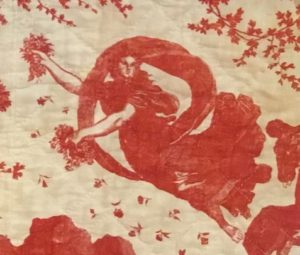1.The Chariot of Aurora
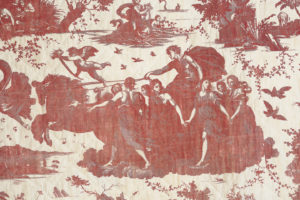
The key motif that lends its name to this piece, The Chariot of Aurora, depicts Apollo musagète (Leader of the Muses) flanked by the Muses and Eros, at the reins of a chariot drawn by two horses: Phaeton (Brilliant) and Lampus (Shining). The chariot is led by Eos, goddess of the Dawn (her Roman name).
In mythology, at the close of night, Eos rises from her bed in the river Ocean, rising to the sky to announce to both gods and mortals the imminent arrival of the golden light of the sun.
This motif is heavily inspired by a fresco by Guido Reni (1575-1642) made for Cardinal Scipione Borghese and housed at the Pallavicini in Rome.
2.Eos
Eos
(Aurora) is the personification of the morning light that brings the day, and by extension the day itself. Daughter of the Titans Hyperion and Theia, she is the sister of Helios and Selene (the Sun and Moon). Wife of the Titan Astraeus, her children are the winds Zephyrus, Boreas, and Notus and the Stars Eosphoros and Phosphoros (the morning star, or Lucifer for the Romans).
She inspired poets such as Hesiod, Ovid and Homer. The latter compares her fingers to roses, alluding to the pink rays of the sun in the early morning. She is thus represented here sowing the roses which she holds in bouquets.
3.Daphne
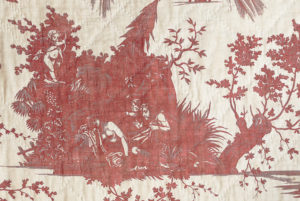
This scene depicts the transformation of the nymph Daphne into a laurel tree, as recounted by Ovid.
Apollo, the archer god of sunlight, having shot the monster Python with his arrows, boasts of it to Cupid (Eros) and claims to be the superior bowman. To take revenge, Cupid shoots Apollo with a golden arrow that will make him fall madly in love with the first woman he sees, then shoots Daphne with a lead arrow that makes her impervious to love (1st image).
Upon seeing her, Apollo falls in love and pursues her relentlessly: “O nymph, I beg you, daughter of Penea, stay; it is no enemy who pursues you. It is love that drives me in your footsteps.”
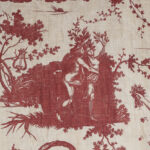
Daphne continues her frantic flight and begs her father, the river, to save her: “Come to my aid, my father! If rivers such as you have divine power, deliver me by transforming my too-tempting beauty.” (2nd image)
After she became a tree, Apollo says, “Since you cannot be my wife, you will at least be my tree. Forever you will adorn, O laurel, my hair, my lute, and my quiver, and your leaves will always be green.”
4. The Museion
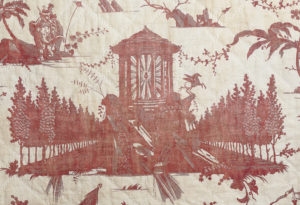
The Museion is the sanctuary of the Muses located on Mount Helicon, near the city of Thespiae, Greece. It was looted by Constantine I and its statues were removed to Constantinople.
This tortuous mountain is the highest mountain in Boeotia. Celebrated as one of the two retreats of the Muses, along with Mount Parnassus, its peak reaches 1748 meters.
Pegasus, seen here on the right, caused the Hippocrene spring to flow from the stone with a kick of his hoof.
The lyre, a symbol of Apollo after Hermes gifted it to him, shines out from the center of the temple.
Apollo is the god of beauty, reason, music, and poetry. He is also the god of purification and healing, but can bring forth a plague with his bow.
5.Homeric Hymn to Pythian Apollo
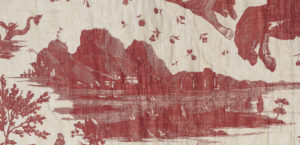
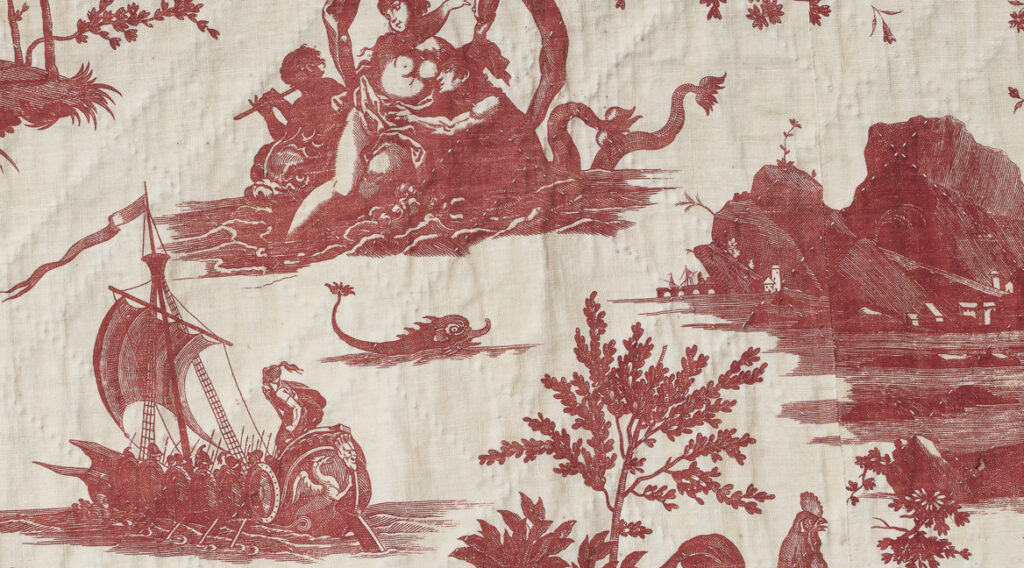
The early exploits of this god are recorded in the Homeric Hymn to Pythian Apollo.
Looking for a place to establish his oracle, Apollo built his temple at Crissa, after killing the female snake that guarded it, the drákayna. The snake’s body is given the name Python, “the rotting one”. Apollo assumes the title of Pythian and his priestess the title of Pythia.
The god then seeks a way to attract priests to his Pythian temple. He spots a Cretan ship. Taking the shape of a dolphin (delphís), he leads them to Crissa. He then transforms himself into a young man and leads the Cretans to the sanctuary where they will become its servants. Crissa then adopts the name Delphi.
6.Dionysus vs Apollo
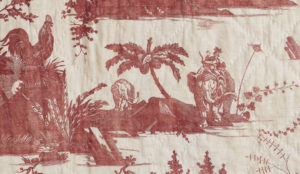
This scene may depict the conflict between the Chthonian (hell-related) god Dionysus and the Uranian (heaven-related) god Apollo.
On the left, behind the rooster, is the rising sun. The image on the right could be Dionysus returning victorious from Asia. Indeed, the posture of this bearded mahout is not very conventional. He seems to be waving his hand. The second elephant holds a cup in its trunk, and a branch of vine is growing behind this strange group.
Like Apollo, Dionysus is a god who appears through epiphanies (apparitions): an eternal traveler, he appears unexpectedly. He always presents himself as a stranger, at risk of not being recognized.
